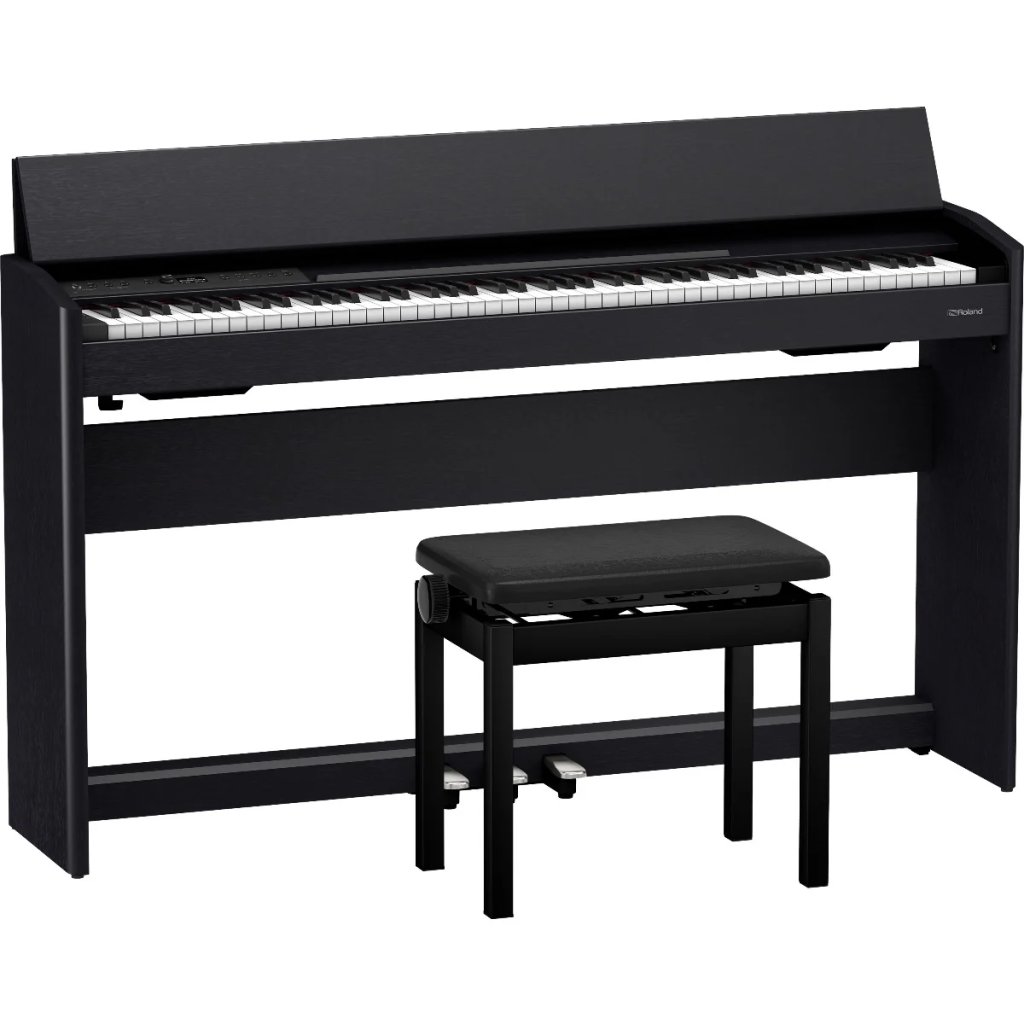The Piano: An Instrument of Beautiful Compromise
While the piano is celebrated for its wide range and expressive power, few realize that it is also an instrument built on compromises in tuning and design.
Unlike the violin, which can access the full chromatic scale with perfect pitch adjustments, the piano must work within a fixed tuning system that allows it to play in every key, but at the cost of pure tonal intervals.

Understanding Piano Tuning: Just Intonation and the Need for Compromise
What is Just Intonation?
The piano employs a system called just intonation, which enables it to:
- Express all necessary sounds within the scope of an octave
- Accurately render degrees of every major and minor scale
However, achieving pure diatonic tuning across all keys would require an instrument with 66 separate notes per octave — an impractical feat!
Thus, modern pianos compromise by using equal temperament tuning, which adjusts pitches slightly so that all keys sound harmonious, even if not mathematically perfect.
The Impact of Tension on Piano Tuning
Another reason pianos must be carefully maintained is the enormous tension placed on their strings.
In fact:
- A drop of just 1/2 step in pitch can cause a tension change of 3,000 to 5,000 pounds across the instrument!
This incredible pressure is why:
- Regular tuning and maintenance are crucial.
- Moving a piano without professional care can disrupt its delicate balance and tuning stability.
Why Professional Piano Moving Matters
Because of the piano’s delicate tuning system, heavy tension, and intricate internal structure, moving a piano requires special expertise.
Improper handling can easily cause:
- Frame warping
- String and action damage
- Tuning instability
- Cracks in the soundboard
At Keyboard Carriers, we understand how to protect the mechanical and musical integrity of your piano during every move, ensuring it arrives in optimal condition.
Piano Moving FAQs
To help you feel confident about your piano move, here are answers to some of the most frequently asked questions:
Can I Move a Piano Myself?
While it may be tempting to recruit friends and a moving truck, moving a piano without professional help is risky.
Without the right equipment, techniques, and experience, you risk:
- Serious injury
- Severe damage to the piano
- Damage to walls, floors, and doorways
Hiring professional movers, such as Keyboard Carriers, ensures a safe and efficient relocation.
Do Pianos Need to Be Tuned After Moving?
Yes, even when moved carefully, pianos almost always require retuning after relocation due to:
- Vibrations during transport
- Environmental changes in temperature and humidity
- Shifts in string tension
It’s recommended to allow your piano to acclimate for two to three weeks before scheduling a tuning.
What Should I Do to Prepare My Piano for Moving Day?
You don’t need to disassemble or prep your piano yourself — Keyboard Carriers handles that for you!
However, we do recommend:
- Clearing a path through your home
- Securing any personal items around the moving path
- Informing us of stairs, tight corners, or other obstacles in advance
Can You Move My Piano Into Storage?
Absolutely!
Keyboard Carriers offers secure, climate-controlled piano storage options to protect your instrument for both short-term and long-term needs.
Protect Your Piano’s Sound and Structure with Keyboard Carriers
When it’s time to move your piano, trust a company with over 45 years of experience and over 100,000 successful piano moves.
At Keyboard Carriers, we specialize exclusively in piano and keyboard moving in Denver, CO, and surrounding areas — ensuring your treasured instrument receives expert care every step of the way.
👉 Contact Us Today for a free quote and let us handle your piano move with the precision and respect it deserves!
